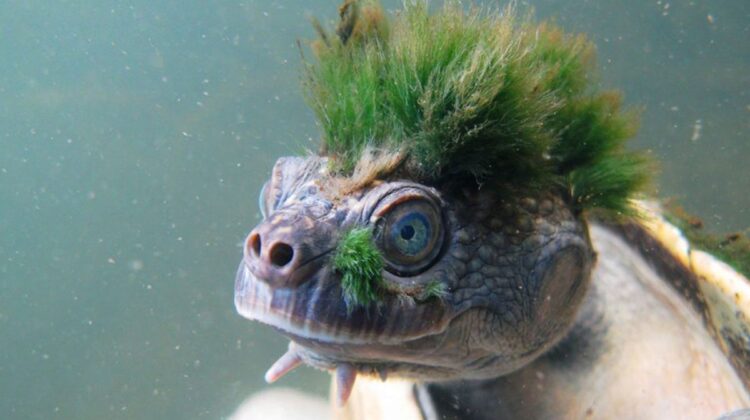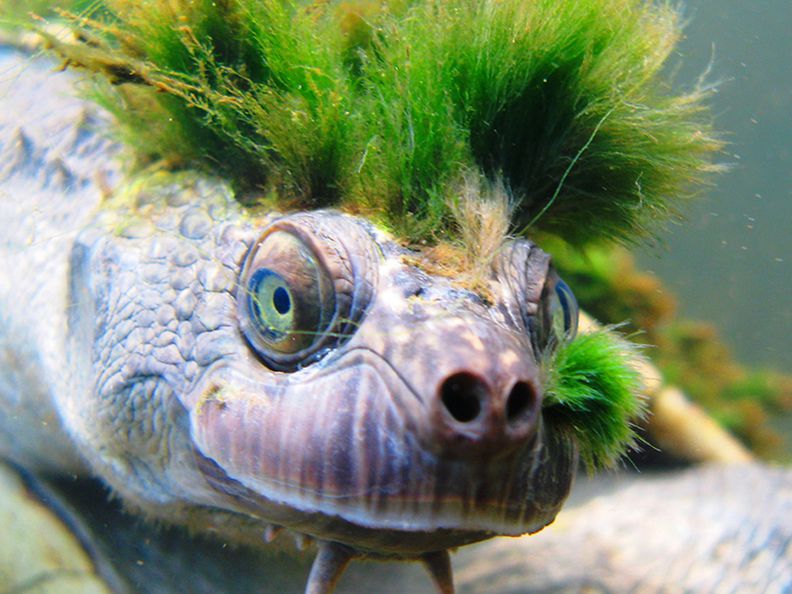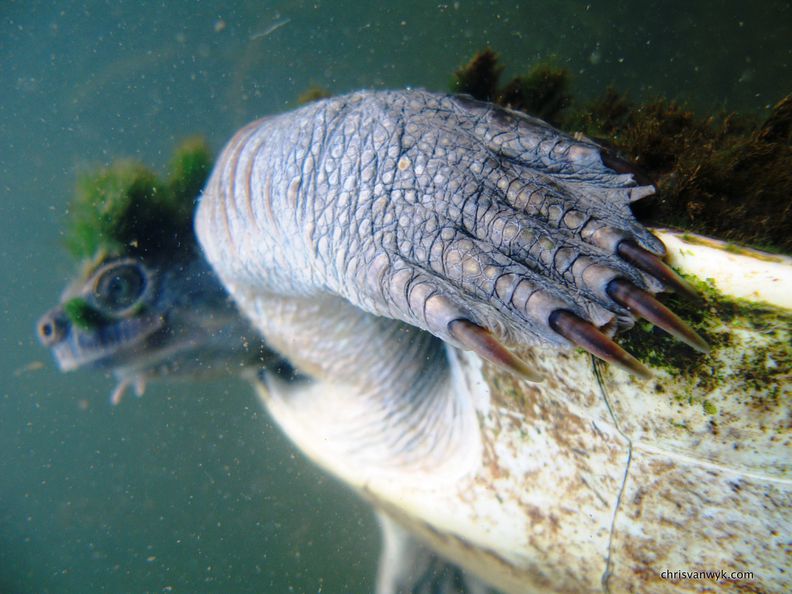
Have you ever heard of a turtle with green hair that can breathe through its butt? It may sound like something out of a fantasy novel, but it’s a real-life phenomenon that has captured the attention of scientists and nature enthusiasts alike. In this article, we’ll delve into the fascinating world of aquatic turtles and explore the incredible adaptations that allow them to thrive in their aquatic environments.

The Green-Haired Turtle
Recently, a German turtle made headlines for its unusual appearance: a coat of vibrant green hair. This unique feature is caused by a type of algae that grows on the turtle’s shell, a common occurrence in aquatic turtles. However, the intensity of this particular turtle’s green hair has made it a standout among its peers.

Cloacal Respiration: A Butt-Breathing Marvel
But that’s not all. This extraordinary turtle also possesses another remarkable adaptation: the ability to breathe through its cloaca, a vent located on its posterior end. This process, known as cloacal respiration, is a common strategy among certain aquatic animals, including some species of turtles and frogs. By absorbing oxygen through its cloaca, the turtle can stay submerged underwater for extended periods, giving it a significant advantage in its aquatic habitat.

The Importance of Biodiversity
The green-haired, butt-breathing turtle is just one example of the incredible diversity and complexity of life on our planet. These unique adaptations are essential for the survival of these animals in their respective environments. By understanding and appreciating the diversity of life, we can better protect our planet and its inhabitants.

The green-haired, butt-breathing turtle is a testament to the wonders of nature. Its unusual adaptations highlight the incredible ways that animals have evolved to thrive in their habitats. As we continue to explore the natural world, we’re bound to discover even more fascinating creatures and their extraordinary abilities.

How interesting! Thanks for sharing..